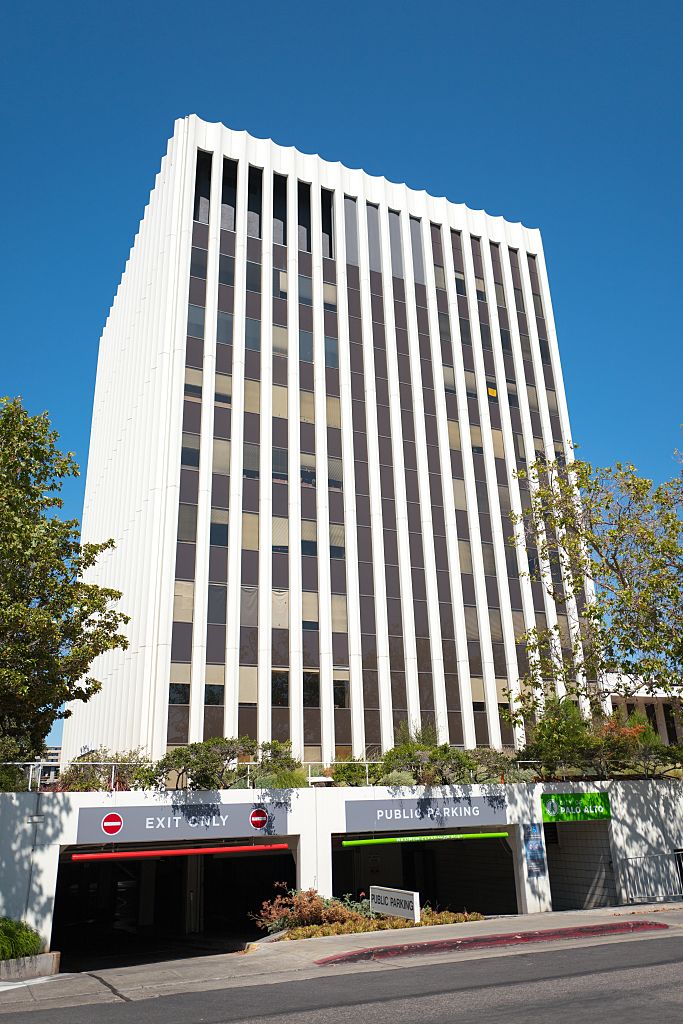
Source: Smith Collection/Gado / Getty
A California judge issued a preliminary ruling in a lawsuit from six police officers claiming a Black Lives Matter mural featuring a picture of Assata Shakur created a “hostile work environment.” The mural was painted by an Oakland-based artist and approved by the Palo Alto City Hall during the 2020 racial justice uprisings.
The Mercury News reported that Santa Clara County Superior Court Judge Socrates Peter Manoukian found no evidence to support the depiction “favor[ed] one group over another.”
“Plaintiffs do not provide any factual allegations which would suggest defendant City’s refusal to address Plaintiffs’ complaints about the Mural are based on Plaintiffs’ race, ethnicity, or some other protected classification,” wrote Manoukian.
The officers further argued that Shakur’s depiction and quote and a Black panther were offensive and targeted them because of their race, ethnicity or national origin. According to the Palo Alto Daily Post, Manoukian shot down that argument.
But the outlet noted that the judge did say had the officers argued that the New Black Panthers discriminated against non-Black people, they might have had a point. Except for the argument that the inclusion of a Black panther is a nod to the New Black Panthers disregards that the image is more commonly associated with the original Black Panther Party, which has been depicted favorably in pop culture and media over the years.
While the two organizations have similar names and symbols, they are different. Some original Black Panther Party members object to the other group using their name and imagery. It’s not harassment or even “hate speech” if the officers made assumptions because they were mad about a Black Lives Matter mural on display.
A Black Lives Matter mural featuring an image of Assata Shakur caused a group of Palo Alto police officers to sue the city.https://t.co/v9TTYaZD7t pic.twitter.com/5yi2M05Upn
— NewsOne (@newsone) July 12, 2021
As reported by NewsOne last summer, the artist Cece Carpio previously said that Shakur is a symbol for disrupting the status quo. Carpio’s artwork has been focused on uplifting entire communities and not attacking or creating pain for others. Another early pandemic mural by Carpio celebrated frontline workers.
The officers also claimed the mural was akin to workplace discrimination “by allowing the mural to exist, the city ‘created and allowed to exist a hostile environment and discriminated against Plaintiffs based on their race, national origin, color, and/or association with a protected class.’” But police officers aren’t a protected class in California.
SEE ALSO:
window.addEventListener(‘interaction’, function () {
setTimeout(function () {
var s = document.createElement(‘script’), el = document.getElementsByTagName(‘script’)[ 0 ];
s.async = true;
s.src = ‘https://platform.twitter.com/widgets.js’;
el.parentNode.insertBefore(s, el);
}, 1000)
});
